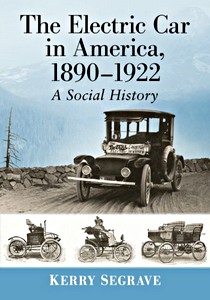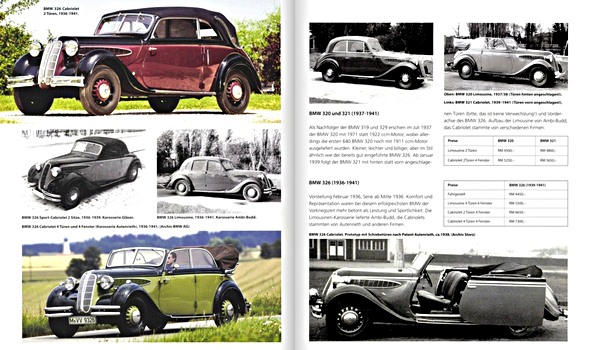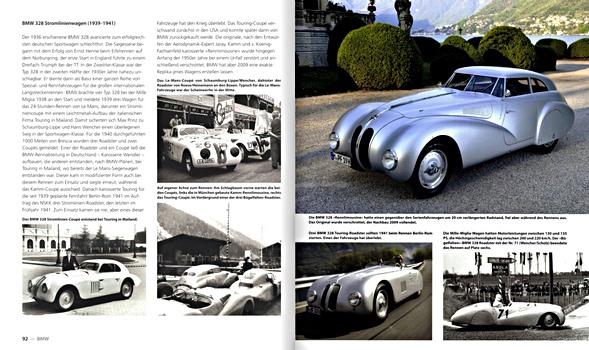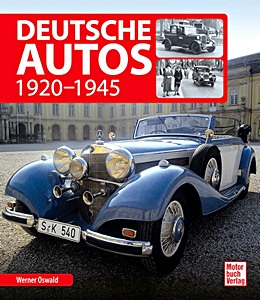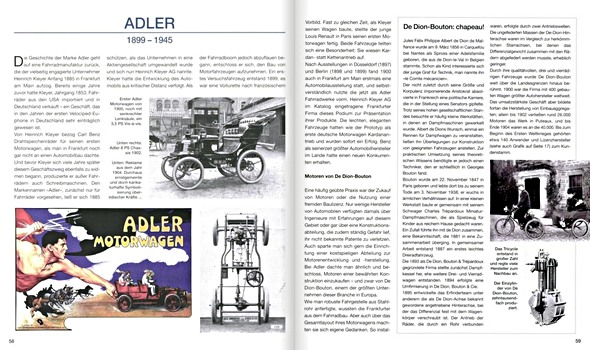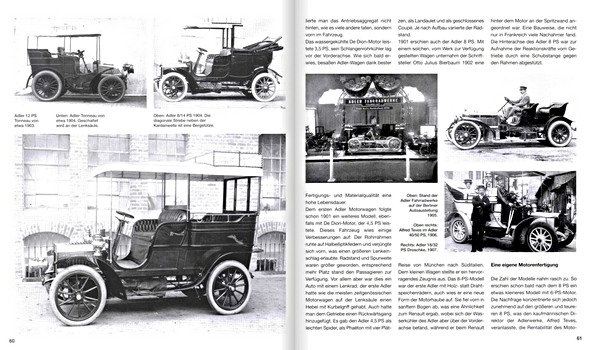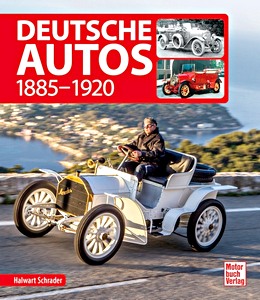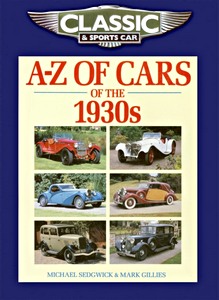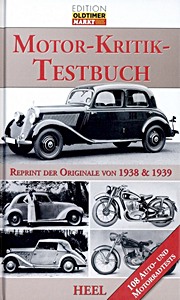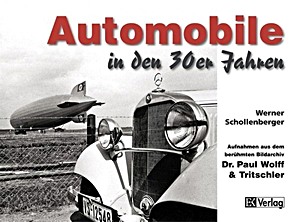American Cars in Europe, 1900-1940 - A Pictorial Survey
Germany is most often credited with the birth of the internal combustion engine. France gave rise to the first credible motor industry. The United States added a little Yankee ingenuity and came up with its own version of both. While the American automobile industry got off to a bumpy start, by 1908, U.S. automobile production had surpassed that of European manufacturers.
When the outbreak of World War I all but halted European production of passenger cars, American auto makers took advantage of the opportunity to establish a toehold in Europe. During the war and for two decades after, American automobiles, which were considered reliable and cheap, were a common sight on the streets of many European cities and towns.
This book contains a unique and unprecedented collection of period photographs, recording American automobiles - and their owners - in various locations throughout Europe between the years of 1900 and 1940.
Captions include the make and model of each car; information on the setting of the photograph; and remarks on interesting details, unusual accessories or distinguishing features of each car. Argo, Jewitt, Durant and Reo automobiles are represented here along with household names such as Buick, Chevrolet and Ford.
Detalle del libro
| Autor: | Bryan Goodman |
|---|---|
| Presentación: | 215 páginas, 25.5 x 18 x 1.1 cm, tapa blanda |
| Ilustración: | 340 fotos en b/n |
| Editorial: | McFarland & Co Inc (USA, 2005) |
| ISBN: | 9780786422500 |
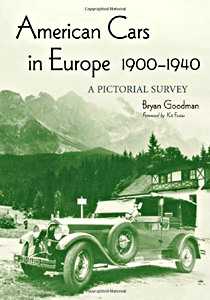
American Cars in Europe, 1900-1940 - A Pictorial Survey
Idioma: Inglés
Disponible en Amazon - pago segura y entrega rápido
Comprar en Amazon ESComprar en Amazon.com

